#H.C. McNeile
Text
H. C. "Sapper" McNeile (28 September 1888 – 14 August 1937)
"Demobilised officer, ... finding peace incredibly tedious, would welcome diversion. Legitimate, if possible; but crime, if of a comparatively humorous description, no objection. Excitement essential."
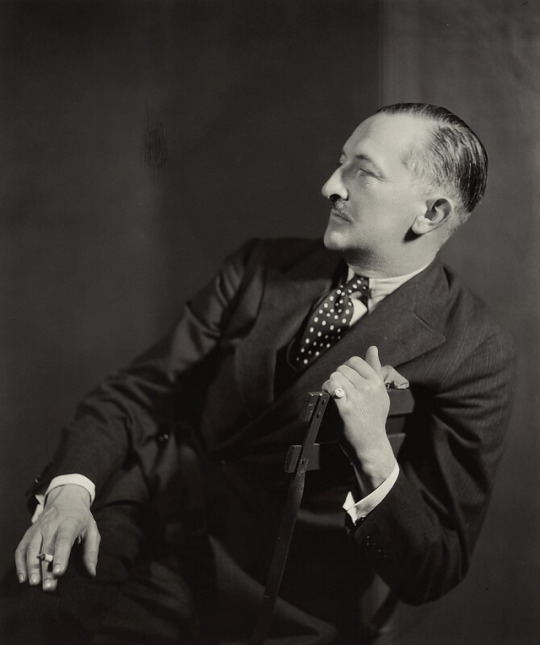
Bulldog Drummond
2 notes
·
View notes
Photo




Remembering Herman Cyril McNeile (September 28, 1888 - August 14, 1937), also known as “Sapper” - the British soldier and author who created Bulldog Drummond.
5 notes
·
View notes
Photo
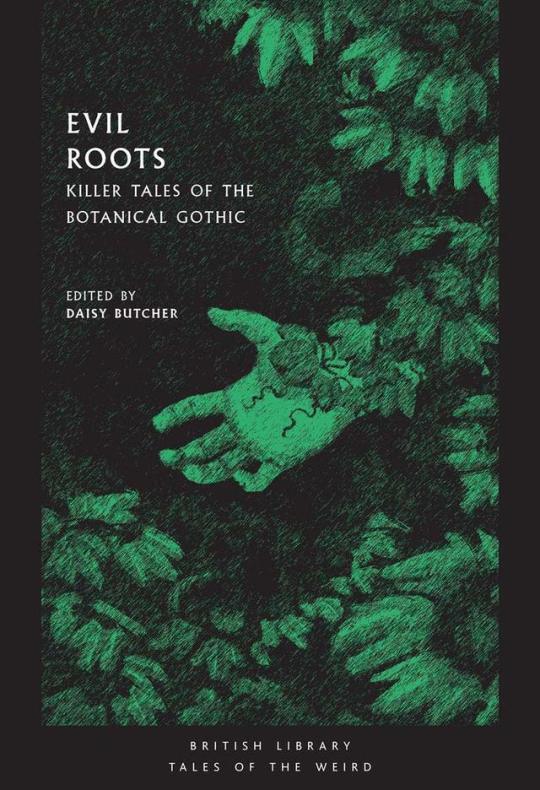
Evil Roots: Killer Tales of the Botanical Gothic (British Library Tales of the Weird), edited by Daisy Butcher, British Library Publishing, 2019. Cover art by Enrique Bernardou, internal illustrations by Lauren Forrester, info: www.bl.uk.
Strangling vines and meat-hungry flora fill this unruly garden of strange stories, selected for their significance as the seeds of the villainous (or perhaps just misunderstood) ‘killer plant’ in fiction, film and video games. Step within to marvel at Charlotte Perkins Gilman’s giant wistaria and H. G. Wells’ hungry orchid; hear the calls of the ethereal women of the wood, and the frightful drone of the moaning lily; and do tread carefully around E. Nesbit’s wandering creepers… Every strain of vegetable threat (and one deadly fungus) can be found within this new collection, representing the very best tales from the undergrowth of Gothic fiction.
Contents:
Introduction — Daisy Butcher
Rappaccini’s Daughter — Nathaniel Hawthorne
The American’s Tale — Arthur Conan Doyle
Carnivorine — Lucy H. Hooper
The Giant Wistaria — Charlotte Perkins Gilman
The Flowering of the Strange Orchid — H.G. Wells
The Guardian of Mystery Island — Edmond Nolcini
The Ash Tree — M.R. James
A Vine on a House — Ambrose Bierce
Professor Jonkin’s Cannibal Plant — Howard R. Garis
The Voice in the Night — William Hope Hodgson
The Pavillion — Edith Nesbit
The Green Death — H.C. McNeile
The Woman of the Wood — Abraham Merritt
The Moaning Lily — Emma Vane
#book#anthology#weird fiction#horror fiction#botanical gothic#gothic fiction#horror plant#british library
260 notes
·
View notes
Photo

vint-rad.blogspot
#photoplay#h.c. mcneile#bulldog drummond#grosset & dunlap#pulp illustration#crime ficiton#ronald coleman
4 notes
·
View notes
Photo
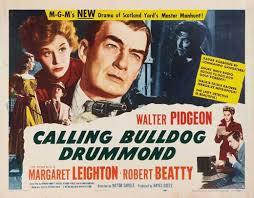
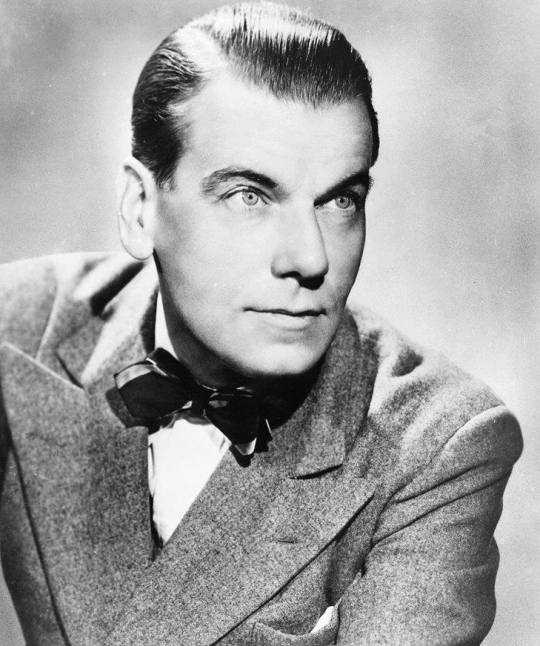
The exploits of gentleman adventurer and detective Hugh “Bulldog” Drummond came to radio on April 13, 1941.
H.C. McNeile introduced Drummond first in a story in The Strand. He later reworked the character for a 1920 novel. Like George Valentine, Drummond found post-war life to be dull and took out an advertisement in search of adventure wherever it could be found. His ad memorably read: “Demobilised [sic] officer, finding peace incredibly tedious, would welcome diversion. Legitimate, if possible; but crime, if of a comparatively humorous description, no objection. Excitement essential.” The ad is answered by a young woman concerned for her father’s safety, and she leads Drummond to a Communist plot to take over England. His client, Phyllis Benton, became Mrs. Drummond, and the mastermind of the plot, Carl Peterson, became Bulldog’s arch nemesis. McNeile went on to write ten Drummond novels, five short stories, and three plays before his death in 1937. McNeile’s friend Gerald Fairlie picked up the mantle and wrote an additional seven Drummond novels between 1937 and 1957. The character proved very popular in England and influential to boot: Ian Fleming stated that James Bond was Bulldog Drummond from the waist up and Mickey Spillane’s Mike Hammer below.
After thrilling readers and moviegoers, the heroic deeds of Drummond moved to the airwaves in a series over the Mutual Network. On radio, Drummond (aided by his loyal valet Denny) fought spies and saboteurs, hijackers, murderers and thieves. In his first appearances in novels, Drummond earned his canine nickname because of his face (one that only a mother could love), but the character eventually took on a more debonair profile thanks to films that starred Ronald Colman and John Howard as the hero.
The war hero turned freelance adventurer was first played by George Coulouris. Santos Ortega (Commissioner Weston of The Shadow and a radio Charlie Chan) and Ned Wever (radio’s Dick Tracy) also took turns in the title role.
3 notes
·
View notes
Photo
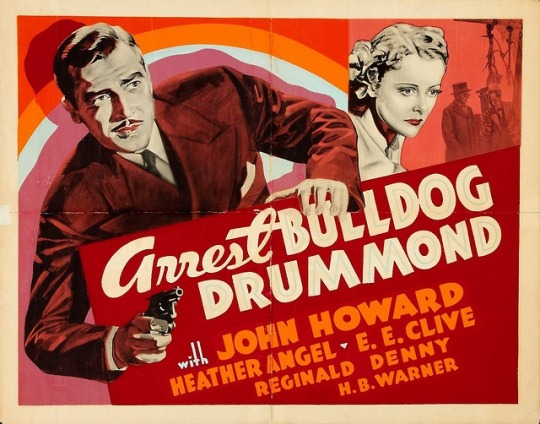
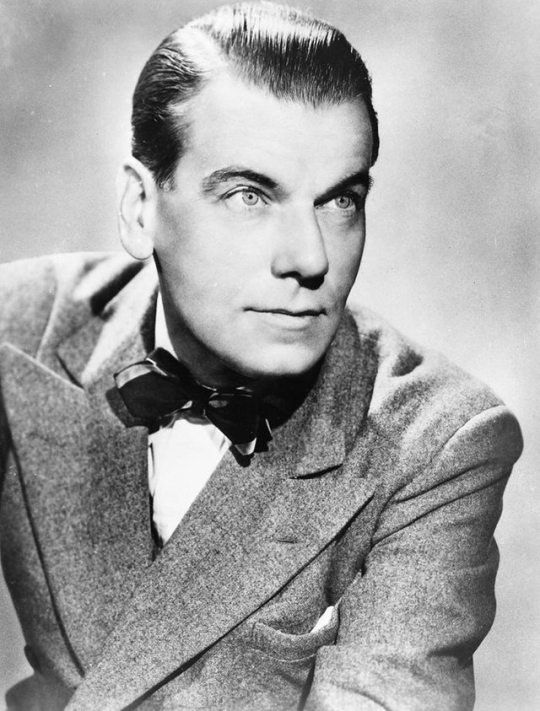

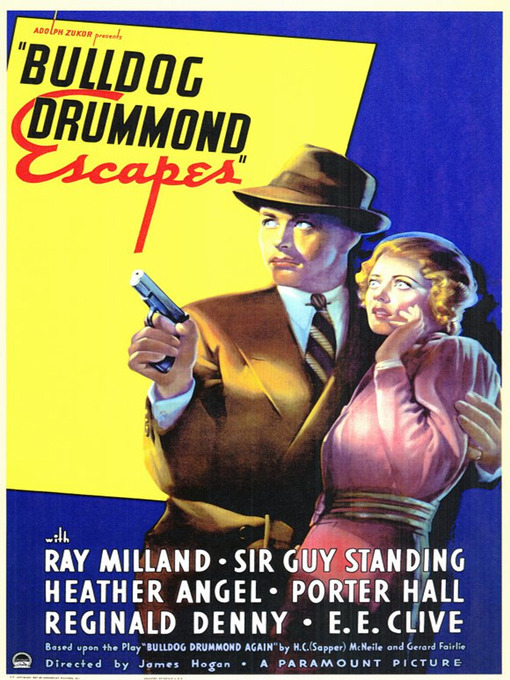
The idea of the gentleman detective conjures up images of smoking jackets and walking sticks: characters like Philo Vance who were as handsome as they were insightful. Captain Hugh Drummond broke that mold. Created by H.C. McNeile, the detective and adventurer is a powerfully built hulk of a man with a face that led to his nickname - “Bulldog.” A veteran of World War I, Drummond was a crack shot, good with his fists, talented at poker, and hungry for thrills and excitement. He became one of the most popular sleuths of early Hollywood and the success he enjoyed led to a stint fighting evildoers on the radio - a stint that began on April 13, 1941.
McNeile introduced Drummond first in a story in The Strand. He later reworked the character for a 1920 novel. Like George Valentine, Drummond found post-war life to be dull and took out an advertisement in search of adventure wherever it could be found. His ad memorably read: “Demobilised [sic] officer, finding peace incredibly tedious, would welcome diversion. Legitimate, if possible; but crime, if of a comparatively humorous description, no objection. Excitement essential.” The ad is answered by a young woman concerned for her father’s safety, and she leads Drummond to a Communist plot to take over England. His client, Phyllis Benton, became Mrs. Drummond, and the mastermind of the plot, Carl Peterson, became Bulldog’s arch nemesis. McNeile went on to write ten Drummond novels, five short stories, and three plays before his death in 1937. McNeile’s friend Gerald Fairlie picked up the mantle and wrote an additional seven Drummond novels between 1937 and 1957. The character proved very popular in England and influential to boot: Ian Fleming stated that James Bond was Bulldog Drummond from the waist up and Mickey Spillane’s Mike Hammer below.
After two silent films in the early 1920s, Bulldog Drummond was released as a talkie in 1929. Ronald Colman earned an Academy Award nomination for his portrayal of Drummond (years before he’d take home an Oscar for A Double Life), and the film was hailed by critics. Colman’s portrayal of Drummond as debonair and dashing eventually supplanted the rougher around the edges character of McNeile’s books; the subsequent films (including a second turn by Colman in 1934) continued the characterization of Drummond as a more sophisticated gentleman adventurer. Ray Milland, another future Oscar-winner, starred in 1937’s Bulldog Drummond Escapes before John Howard made the role his own in seven B-movies for Paramount.
It was the success of the film series that spurred interest in a radio series. Producer Hiram Brown (Inner Sanctum Mysteries, as well as another series about a dapper British sleuth - The Private Files of Rex Saunders) packaged the series. Captain Drummond came to radio in 1941 and was originally played by George Coulouris. Coulouris was a veteran of Orson Welles’ Mercury Theatre and he’d appeared with Welles in Citizen Kane. He starred as Drummond until March 1942 when he was succeeded by Santos Ortega. Ortega was a busy radio character actor; he played Inspector Queen on Ellery Queen, Commissioner Weston on The Shadow, and was also heard as Charlie Chan and in supporting roles on The Adventures of Superman, usually in villainous roles. Ortega stayed with the series for a year, and his replacement was another actor with a track record at radio crime-solving.
Ned Wever stepped into Bulldog Drummond’s shoes with the March 15, 1943 broadcast and he stayed with the show until 1949. Wever was a regular player on The Adventures of Superman; he played Jor-El in the series’ premiere episode and he appeared as “The Wolf,” the first villain the Man of Steel encountered on radio. Coincidentally, in another early serial, he and fellow radio Bulldog Santos Ortega played crooked mine owners who swindled their investors. Later, he played a Nazi agent (more than slightly inspired by Sydney Greenstreet’s Kasper Gutman) during the program’s memorable “Atom Man” story arc. On the right side of the law, he played Dick Tracy on radio, and his clipped, authoritative delivery was perfect for the dapper British gentleman detective as he’d been reinvented on screen and on the radio.
The McNeile novels had introduced the character of James Denny, Drummond’s wartime batman and landlord of Drummond’s apartment building. Denny made the jump to radio, where he was reworked as Drummond’s valet and sidekick. Everett Sloane (another Mercury Theatre veteran) played Denny for much of the series, alongside Coulouris, Ortega, and Wever. The supporting casts included several great radio actors, including Jackson Beck (Philo Vance) and Mercedes McCambridge (Defense Attorney). In his radio adventures, Bulldog Drummond tackled all manner of crimes - hijackers, atomic spies, gangsters, and killers all went up against the poised captain…and lost.
Despite the character’s popularity at the time (the radio series ran until 1954, with Cedric Hardwicke in the role for the final year), Bulldog Drummond has been left behind by popular culture. Aside from a brief James Bond-inspired revival in the late 1960s, the character remains a war-years relic. It’s too bad; the B-movies (many of them available on public domain collections of mystery films) are enjoyable romps, and the radio series is a good listen. Hopefully you’ll enjoy rediscovering Bulldog Drummond or meeting him for the first time as he steps out of the fog.
12 notes
·
View notes